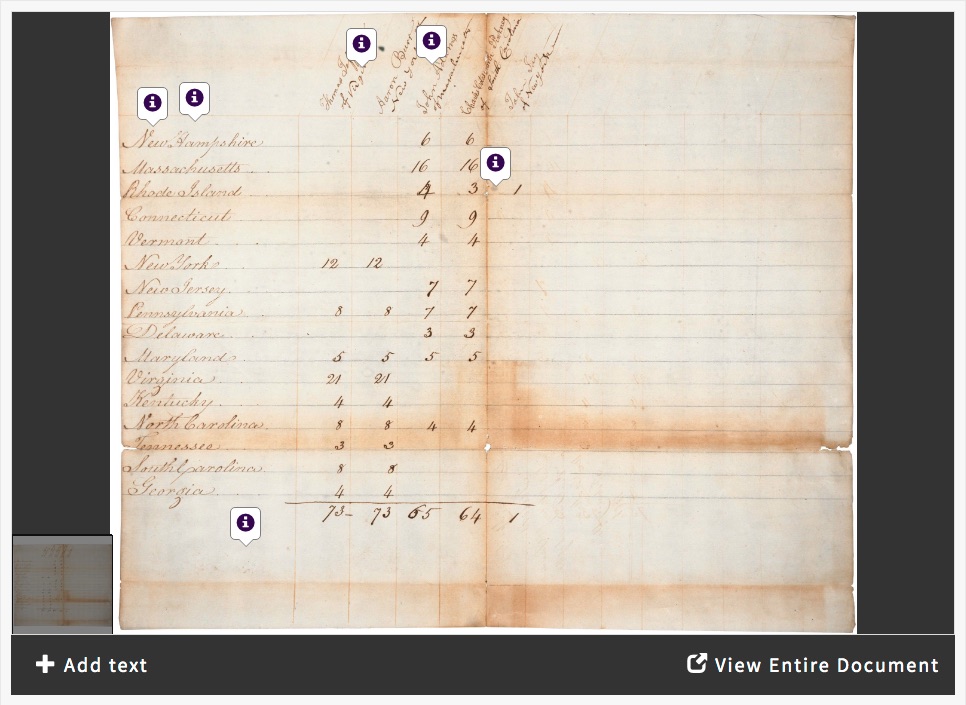Election of 1800
Interpreting Data

About this Activity
- Created by:National Archives Education Team
- Historical Era:Revolution and the New Nation (1754-1820s)
- Thinking Skill:Historical Analysis & Interpretation
- Bloom's Taxonomy:Analyzing
- Grade Level:Middle School
In this activity, students will analyze the electoral college tally for the Presidential Election of 1800 between John Adams and Thomas Jefferson.




